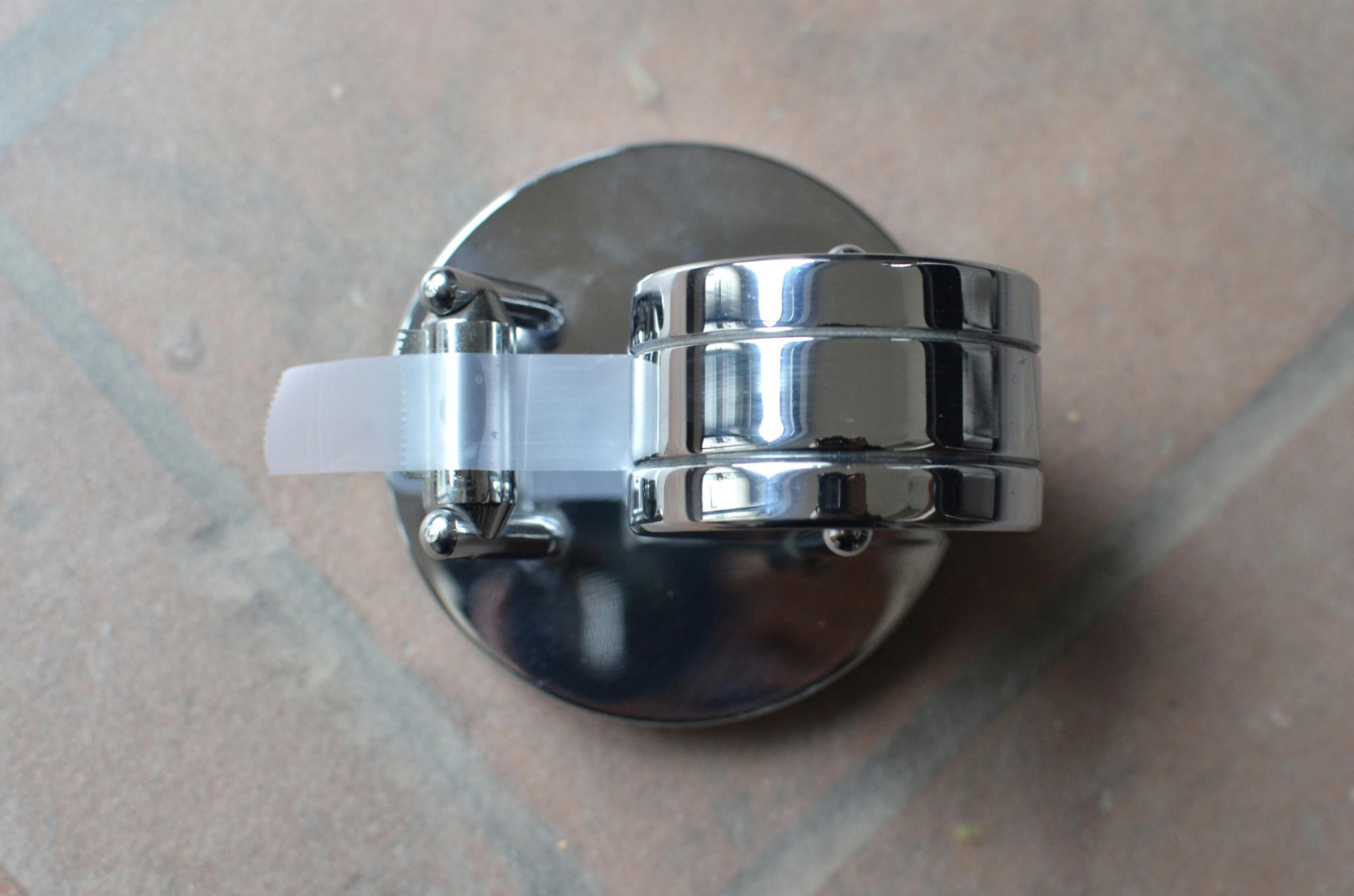Which material is best for a chopping board: wood, stainless steel, or plastic?
I plan to use it for chopping onions, raw meat, salads, and more.
Edit:
I really appreciate all your kindness and helpful suggestions! Thank you!

Which material is best for a chopping board: wood, stainless steel, or plastic?
I plan to use it for chopping onions, raw meat, salads, and more.
Edit:
I really appreciate all your kindness and helpful suggestions! Thank you!
When choosing a chopping board for tasks like chopping onions, raw meat, and salads, each material has its pros and cons:
Cons: Requires regular maintenance (oiling), not dishwasher safe, and can absorb odors if not properly cared for.
Plastic:
Cons: Can dull knives quicker than wood, and tends to scar easily which can harbor bacteria if not replaced regularly.
Stainless Steel:
For your intended use, a hardwood cutting board might be the best choice for its balance of knife-friendliness, durability, and safety with foods. You might consider having a separate plastic board for raw meat to prevent cross-contamination.
Ultimately, having a combination of materials can help you get the most out of each type depending on what you’re preparing!
Happy cooking!
Leave a Reply
You must be logged in to post a comment.